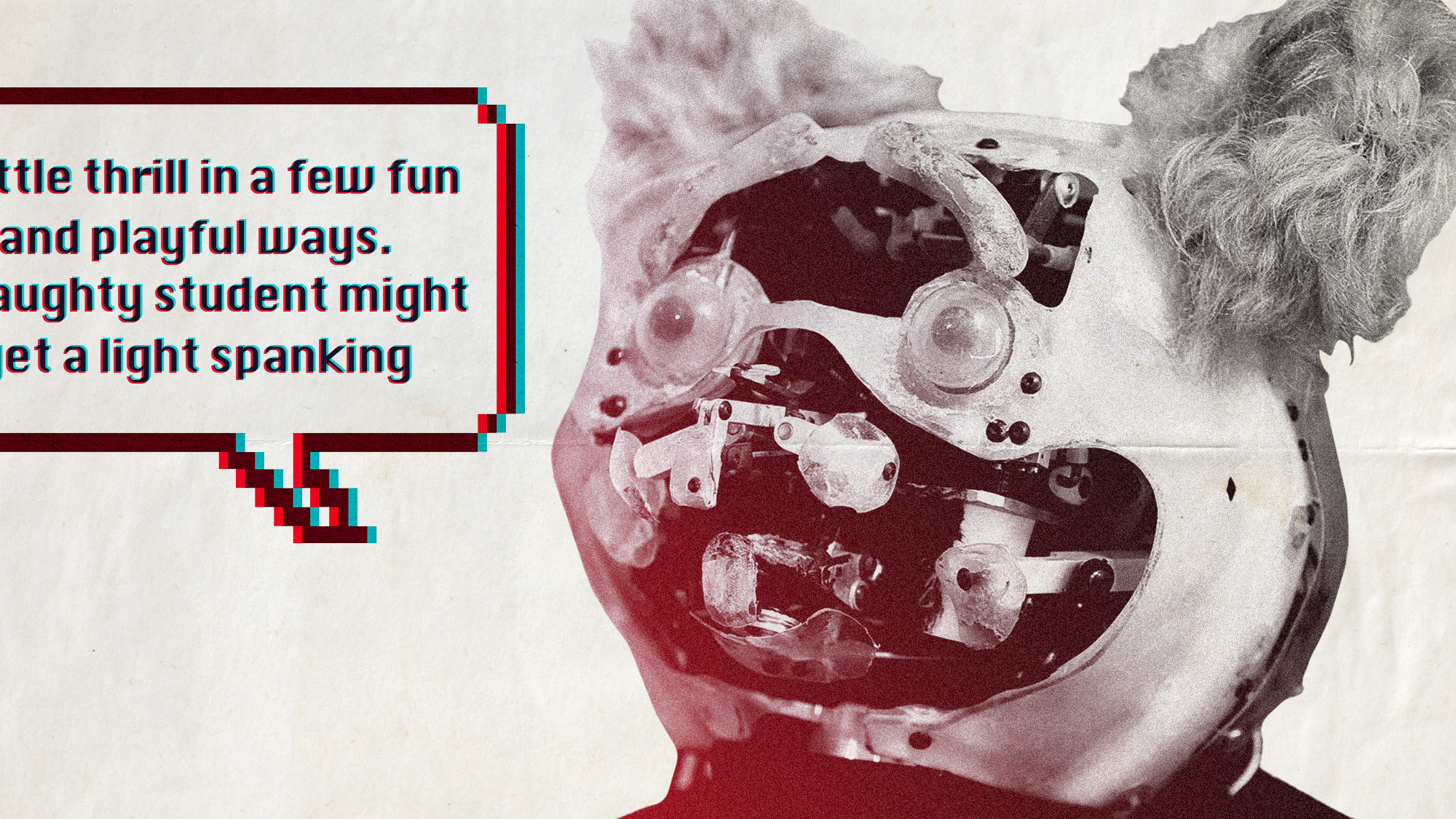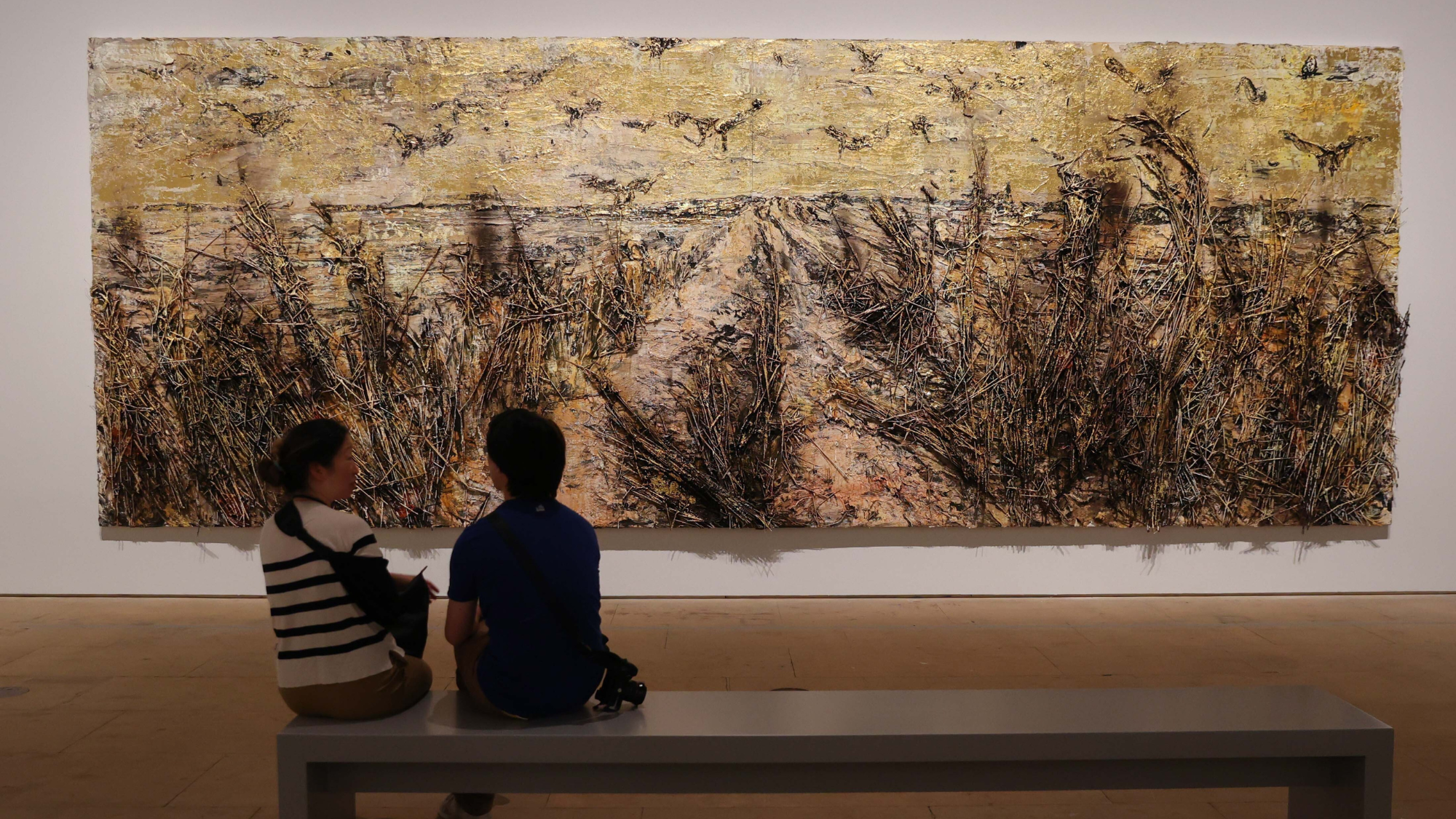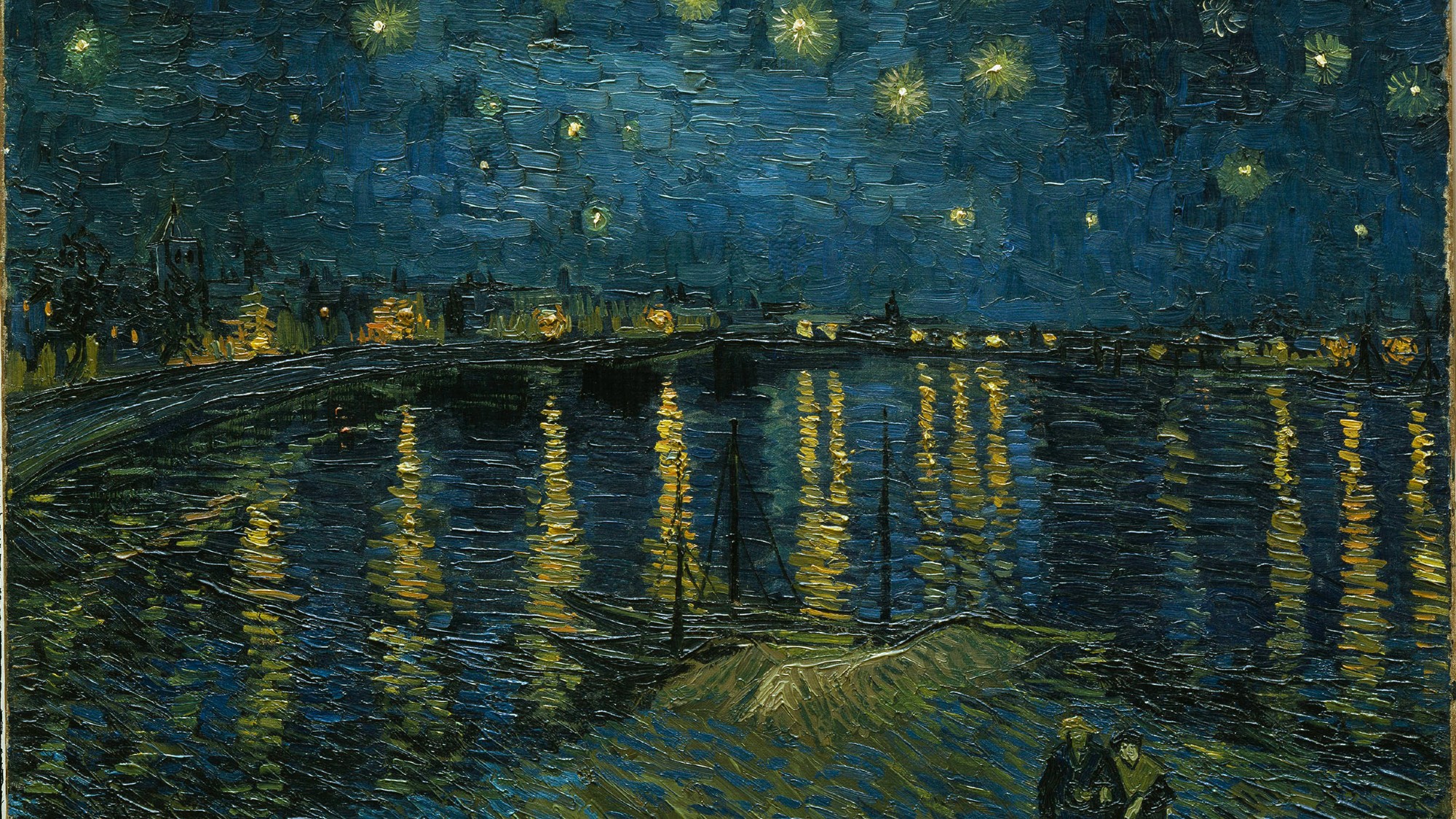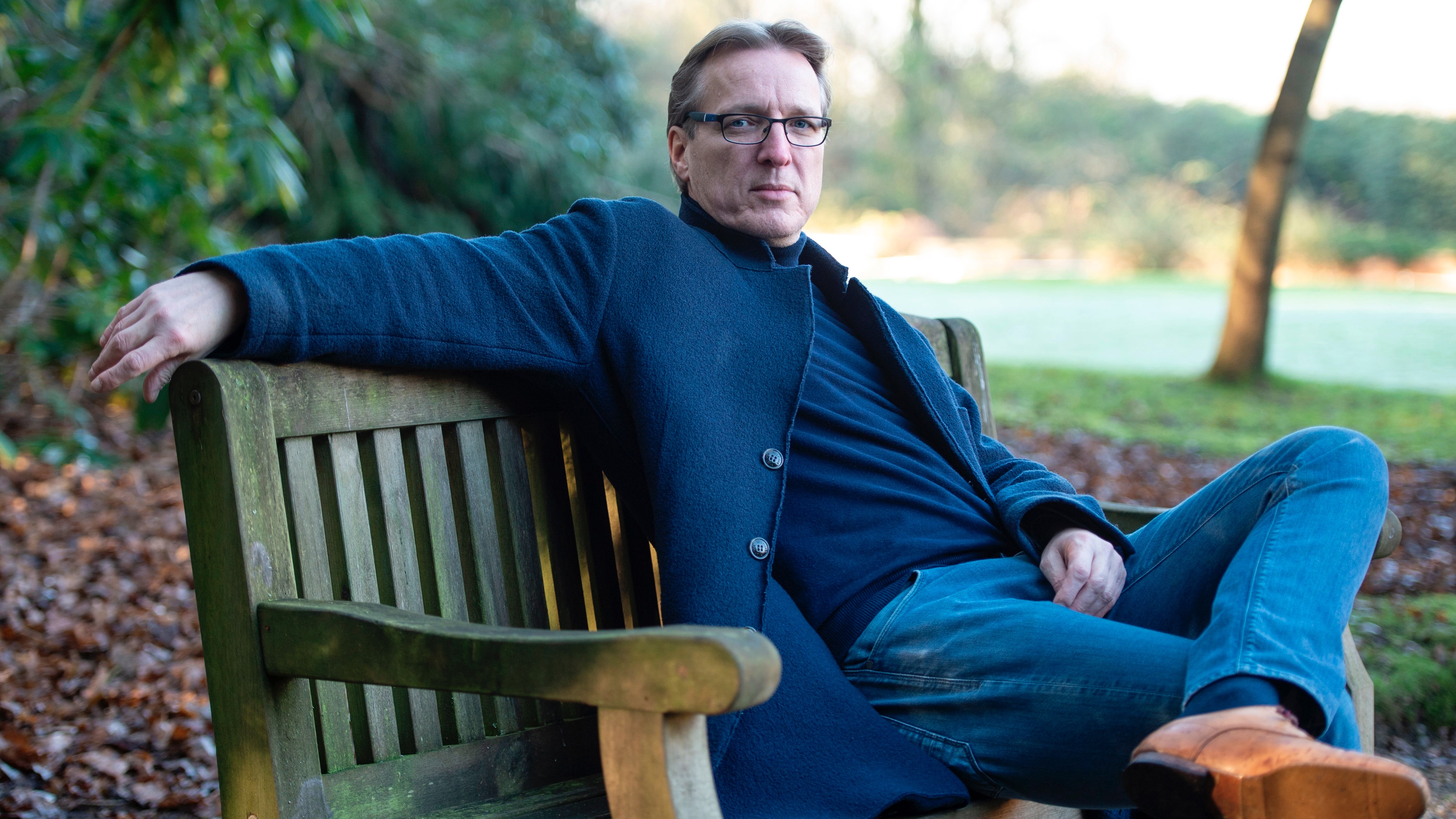How Van Gogh self-portrait was discovered by X-ray
The previously hidden artwork will go on display later this month

Art experts have discovered a previously unknown self-portait of Vincent van Gogh hidden behind another of his paintings.
The “ghostly image of the artist” was found when one of his known works, Head of a Peasant Woman, was recently X-rayed before an exhibition at the National Galleries of Scotland in Edinburgh, said The Art Newspaper.
The self-portrait was hidden under layers of glue and cardboard. Head of a Peasant Woman, which dates from 1885, was donated to the gallery in 1960 and has remained there ever since.
The Week
Escape your echo chamber. Get the facts behind the news, plus analysis from multiple perspectives.

Sign up for The Week's Free Newsletters
From our morning news briefing to a weekly Good News Newsletter, get the best of The Week delivered directly to your inbox.
From our morning news briefing to a weekly Good News Newsletter, get the best of The Week delivered directly to your inbox.
Senior paintings conservator Lesley Stevenson said the finding was “absolutely thrilling” and a “shock”.
“This is a significant discovery because it adds to what we already know about Van Gogh’s life,” she said.
The portrait of Van Gogh, one of western history’s most influential artists, is thought to be part of a series of experimental self-portraits he painted on the back of canvases during his time in Nuenen, the Netherlands, between 1883 and 1885.
The artist was “known for reusing canvas to save money by turning it round and working on the opposite side”, said Metro.
A free daily email with the biggest news stories of the day – and the best features from TheWeek.com
Five similar portraits are displayed at the Van Gogh Museum in Amsterdam, but the newly discovered sketch is thought to be the first of its kind in the UK, which Libby Brooks at the The Guardian described as an “extraordinary find”.
Research is now taking place to determine how the self-portrait can be separated from the original painting without damaging it, something Stevenson said was “like stepping into the unknown”.
In the meantime, visitors can view the self-portrait at the exhibition A Taste for Impressionism at the Royal Scottish Academy, Edinburgh from 30 July to 13 November. A specially crafted lightbox has been made so viewers can see the new discovery as an X-ray image.
Richard Windsor is a freelance writer for The Week Digital. He began his journalism career writing about politics and sport while studying at the University of Southampton. He then worked across various football publications before specialising in cycling for almost nine years, covering major races including the Tour de France and interviewing some of the sport’s top riders. He led Cycling Weekly’s digital platforms as editor for seven of those years, helping to transform the publication into the UK’s largest cycling website. He now works as a freelance writer, editor and consultant.
-
 The dark side of how kids are using AI
The dark side of how kids are using AIUnder the Radar Chatbots have become places where children ‘talk about violence, explore romantic or sexual roleplay, and seek advice when no adult is watching’
-
 How to financially prepare for divorce
How to financially prepare for divorceThe Explainer Facing ‘irreconcilable differences’ does not have to be financially devastating
-
 Why it’s important to shop around for a mortgage and what to look for
Why it’s important to shop around for a mortgage and what to look forThe Explainer You can save big by comparing different mortgage offers
-
 Kiefer / Van Gogh: a 'remarkable double act'
Kiefer / Van Gogh: a 'remarkable double act'The Week Recommends Visit this 'heroic' and 'absurd' exhibition at the Royal Academy until 26 October
-
 The National Gallery's Van Gogh: Poets and Lovers is 'unmissable'
The National Gallery's Van Gogh: Poets and Lovers is 'unmissable'The Week Recommends This blockbuster exhibition is a 'five-star cracker'
-
 Arthur Brand: Dutch art detective recovers stolen Van Gogh worth millions
Arthur Brand: Dutch art detective recovers stolen Van Gogh worth millionsInformant returns the artwork in an Ikea bag three years after it was stolen in a heist